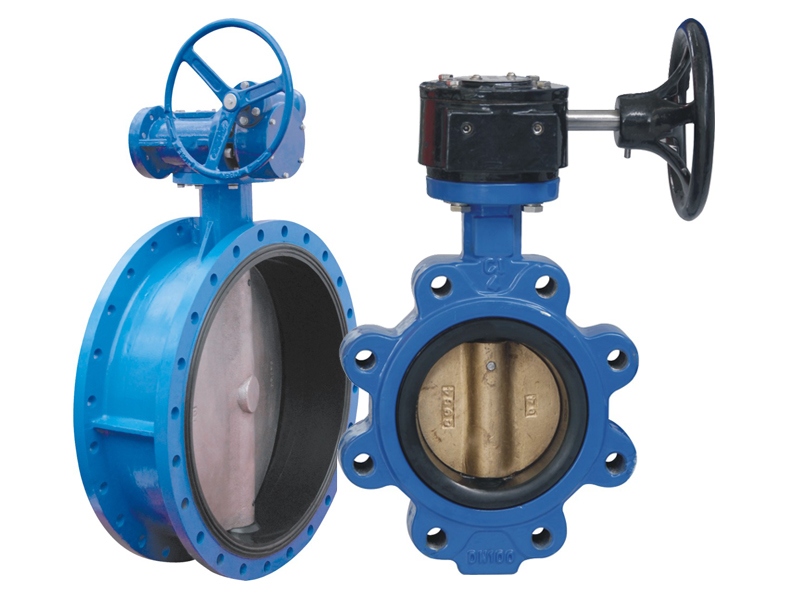When rubber seal
butterfly valves are used to throttle the flow, improper measures will produce cavitation and make the rubber seat flake or damaged. To this end, metal sealing butterfly valves with smaller cavitation areas have been produced in the international community. In recent years, China has also developed metal sealing butterfly valves. For Japan, they have even developed comb butterfly valves with low vibration and noise, resisting the cavitation.
Generally, the life for rubber sealing seat is 15 to 20 years while the metal sealing seat is 80 to 90 years. But how to correctly choice the seat, it should depend on the working conditions.
If a butterfly valve is in large throttle state, back of the plate will be prone to produce cavitation, and thus will increase the possibility of damaging the valve.
When the
valve is in middle opening, the body and the opening shape of the disc will center on the valve shift and different sates will be formed on both sides of the front disc. One side of the front disc will move along the flow direction, forming a nozzle-shaped mouth. While the other side of the front disc moves countercurrent the water direction, forming an orifice-shaped mouth which is slower than nozzle-shaped mouth on flow rate.
Due to the opening size and switch direction, operating torque of butterfly valves can be very different. For horizontal butterfly valves, especially the large-diameter valves, because of the water depth, you should pay special attention to the torque which is generated by the shaft water head. Furthermore, when installing a bend on the inlet side of the valve, torque will be increased. If the valve is in middle opening, the operating mechanism will need self-locking.
